The pacifier, that small silicone lifesaver that can transform a wailing infant into a contented baby in seconds. For many parents, it’s the first “parenting hack” they discover, offering blessed moments of peace and a tool to help their little ones self-soothe. But like all good things in the baby phase, the pacifier relationship eventually needs to end.
I remember staring at my daughter, peacefully sleeping with her beloved “paci” at 18 months, wondering when and how we should break the attachment that had become so central to her comfort. Was I creating future orthodontic problems? Would she be the kindergartener still sneaking a pacifier into her backpack?
If you’re wrestling with similar questions, you’re not alone. Let’s navigate the when, why, and how of pacifier weaning together.
Understanding the Pacifier Relationship
Before jumping into weaning strategies, it helps to understand why pacifiers work so well in the first place.
The Science of Sucking
Non-nutritive sucking (sucking not associated with feeding) is a natural reflex for babies. It helps them self-regulate, process sensory information, and find comfort. This powerful calming mechanism activates the release of feel-good hormones and can lower heart rate, blood pressure, and stress levels.
Benefits in the Early Months
Pacifiers aren’t just about parental sanity, research has shown several benefits:
- Reduced SIDS risk when used during sleep in the first year
- Pain management during medical procedures
- Help with developing self-soothing skills
- Assistance with sleep onset
The Emotional Attachment
By around 3-4 months, what started as a reflexive behavior often becomes an emotional attachment. The pacifier transitions from being just a physical comfort to a psychological one, a “transitional object” that helps your baby feel secure.
When to Consider Pacifier Weaning
There’s no single “right time” to wean, but there are windows where the process might be easier and reasons to consider timing:
The 6-12 Month Window
Many sleep experts suggest that around 6-7 months is an ideal time for pacifier weaning if your goal is minimal resistance. At this age, babies haven’t yet developed the strong emotional attachment that comes later, but they have developed other self-soothing techniques.
The Dental Consideration
The American Academy of Pediatric Dentistry suggests limiting pacifier use after age 2 to prevent dental issues. Extended pacifier use can affect tooth alignment and palate formation, particularly once permanent teeth start coming in.
Speech Development Timeline
Speech-language pathologists often recommend considering pacifier weaning between 12-18 months as children enter important stages of language development. Constant pacifier use during waking hours can potentially interfere with babbling practice and articulation development.
Signs Your Child Might Be Ready
Regardless of age, watch for readiness signals:
- Decreased interest in the pacifier
- Removing it themselves after falling asleep
- Developing other self-soothing mechanisms
- Increased interest in verbal communication
Weaning Approaches: Finding What Works for Your Family
There are generally three approaches to pacifier weaning, each with their own benefits and challenges:
The Cold Turkey Method
How It Works:
One day, all pacifiers disappear completely. This approach is quick but can be challenging for both baby and parents.
Best For:
- Younger babies who haven’t formed strong attachments
- Families who prefer a short transition period
- Children who tend to do better with clean breaks than gradual changes
Our Experience:
We tried this with my son at 9 months, and after three difficult naps and two rough nights, he adapted surprisingly well. The key was providing alternative comfort items (a special blanket) and lots of physical reassurance.
The Gradual Reduction Method
How It Works:
Systematically reduce pacifier use over time, often starting with daytime restrictions and maintaining it for sleep times.
Best For:
- Toddlers with strong pacifier attachments
- Children who struggle with major transitions
- Families with flexibility in their timeline
Implementation Steps:
- Begin by restricting daytime use to specific locations (only at home)
- Next, limit to certain times (only for sleep)
- Eventually remove from nap time
- Finally, eliminate from bedtime
Real-Life Example:
My friend’s daughter responded well to the “pacifiers are for sleeping only” rule at 18 months. They used a special “paci place”, a small basket in her room where the pacifier stayed unless it was sleep time.
The Modification Method
How It Works:
Gradually alter the pacifier to make it less satisfying, often by cutting a small piece off the tip every few days until it loses its appeal.
Best For:
- Toddlers who are very attached but somewhat flexible
- Children who need to feel some control in the process
- Families looking for a middle ground between cold turkey and very gradual approaches
Important Safety Note:
Always check the modified pacifier for any loose pieces that could become choking hazards.
Creative Strategies That Actually Worked
Sometimes the standard approaches need a creative twist to succeed:
The Pacifier Fairy
For children around 2.5-3 years, the “Pacifier Fairy” concept can work wonders. Similar to the Tooth Fairy, this magical being “needs” pacifiers for newborn babies and leaves a special gift in exchange.
My niece happily gathered all her pacifiers into a special bag, placed them outside her bedroom door, and was thrilled to find a new stuffed animal had been left in exchange the next morning.
The Trade-Up System
This works particularly well with older toddlers. Present the idea that pacifiers are for babies, but they’re now big enough for a special “big kid” item they’ve been wanting.
A colleague’s son willingly surrendered his pacifiers to babies at the hospital in exchange for a balance bike he had been eyeing.
The Broken Pacifier Ruse
While I’m generally not a fan of dishonesty in parenting, the “broken pacifier” has saved many families. If your child is down to the last pacifier, a small snip that makes it unsatisfying can sometimes lead to them rejecting it themselves.
Handling the Fallout: What to Expect
No matter which method you choose, there will likely be some adjustment period:
Sleep Disruption
Prepare for 3-7 nights of disrupted sleep while your child learns new self-soothing techniques. Having a solid bedtime routine becomes extra important during this transition.
Emotional Responses
Depending on age and temperament, responses can range from minimal reaction to significant distress. Validate their feelings: “I know you miss your pacifier. It’s okay to feel sad about that.”
Regression in Other Areas
Don’t be surprised if you see temporary regression in other recently acquired skills or independence. This is normal during any significant transition.
When to Reconsider Your Timeline
Sometimes, the best-laid weaning plans need adjustment:
Major Life Changes
If your family is experiencing other significant transitions (new baby, move, starting daycare), consider postponing pacifier weaning to avoid overwhelming your child.
Illness or Teething
Active illness or a difficult teething period might warrant a temporary pause in weaning efforts.
Extreme Distress
If your child is experiencing severe distress beyond typical adjustment (such as vomiting from crying, refusing all comfort, or showing signs of anxiety), it might make sense to take a gentler, more gradual approach.
The Unexpected Benefits of the Weaning Process
While pacifier weaning can be challenging, many parents report surprise benefits:
Clearer Speech
Parents often notice an immediate improvement in clarity and willingness to communicate verbally after pacifier removal.
Confidence Boost
Successfully navigating this challenge can boost your child’s confidence in their ability to handle change.
Parental Growth
For many of us, this is one of the first times we must help our children through giving up something they love for their long-term benefit—excellent practice for the many similar situations parenting will bring.
Looking back now, with my daughter’s pacifier days long behind us, I can see that what seemed like such a monumental hurdle was just a brief phase in our parenting journey. The nights that felt endless eventually ended, new self-soothing strategies emerged, and now she falls asleep chattering about her day instead of sucking on a silicone soother.
Whatever approach you choose, remember that like all parenting challenges, this too shall pass. Your thoughtful consideration of when and how to navigate this transition already shows the care you’re putting into raising your child.
Have you found creative ways to say goodbye to the pacifier in your family? I’d love to hear about your experiences in the comments!


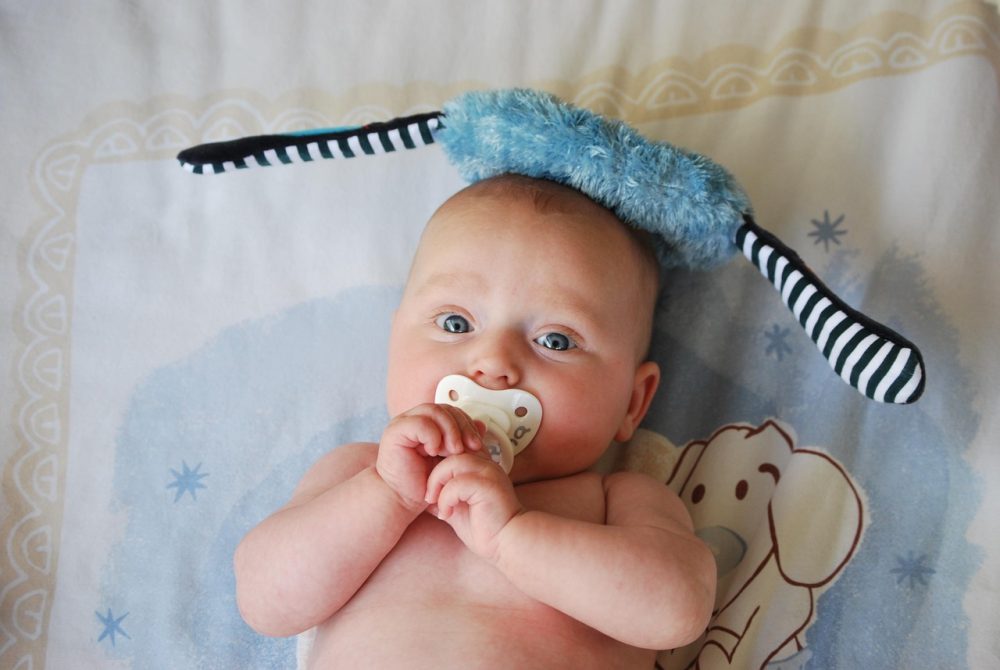

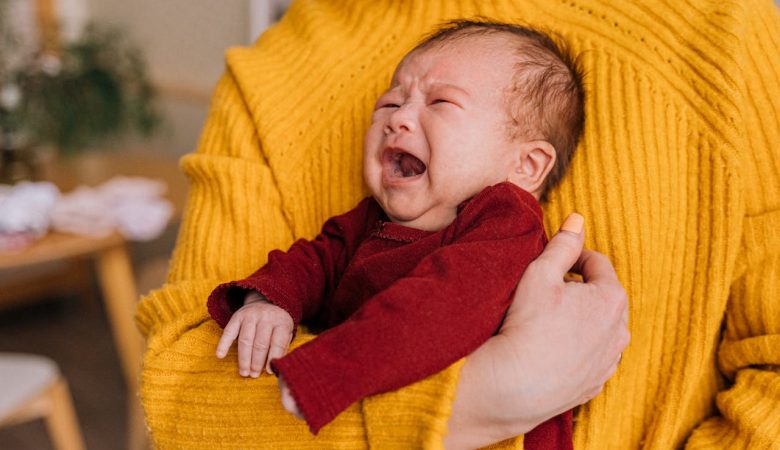
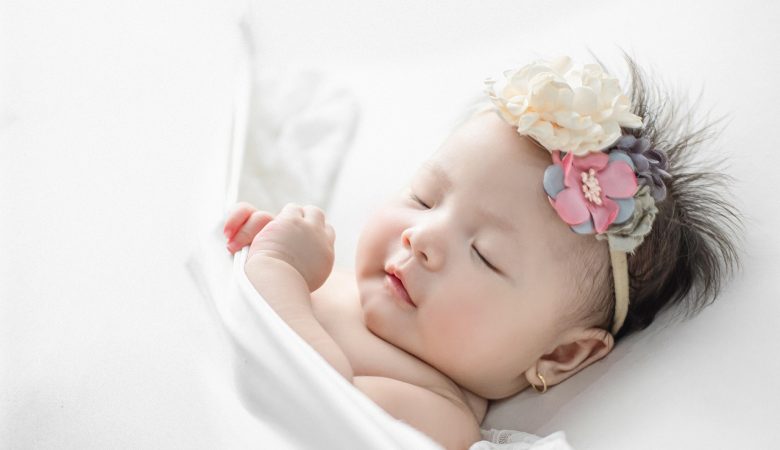
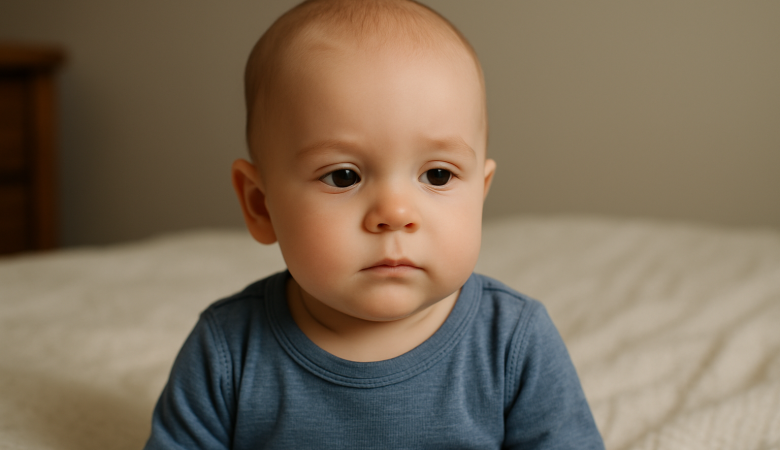
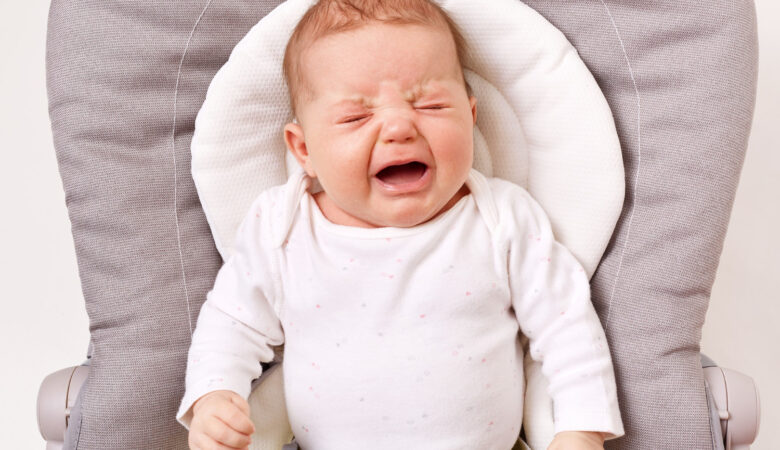
Leave a Reply